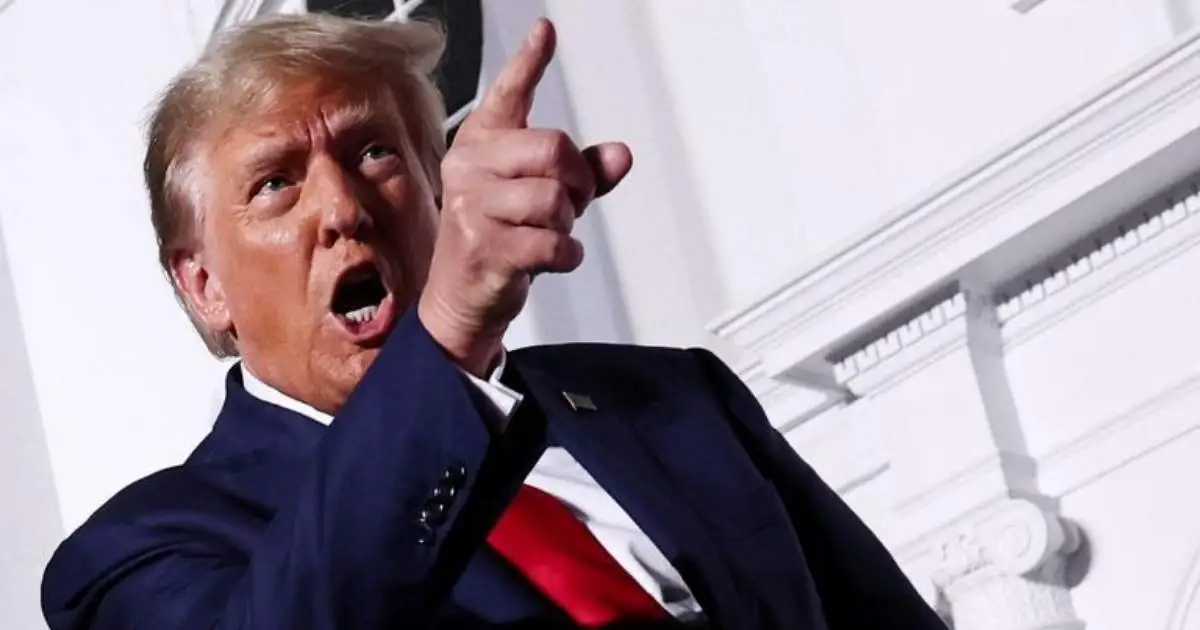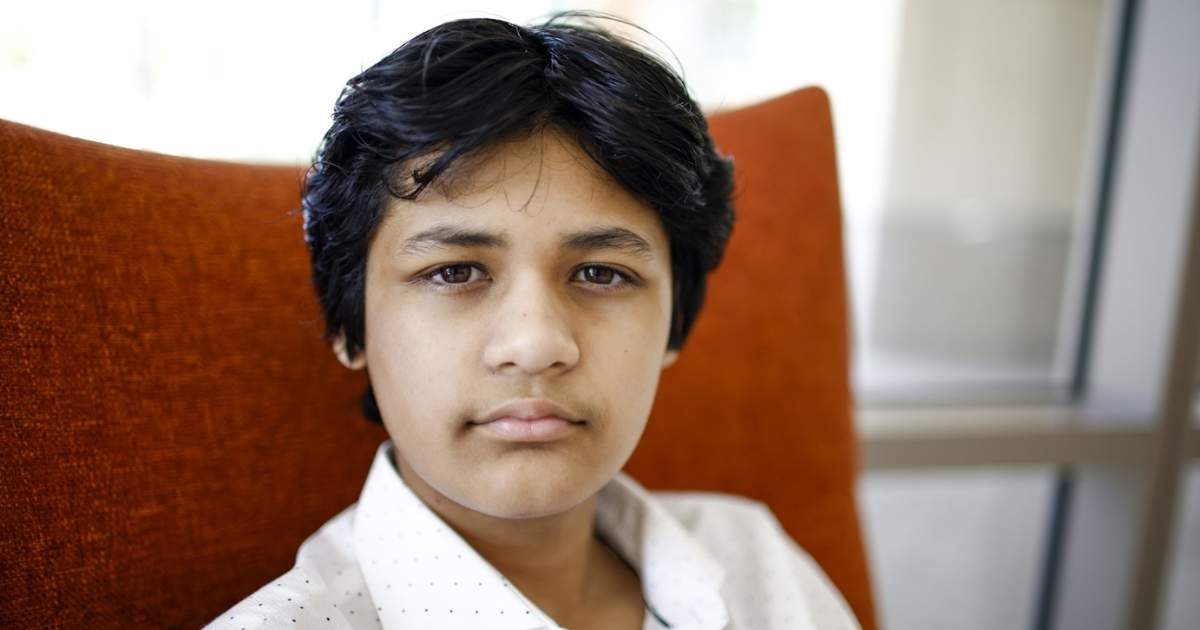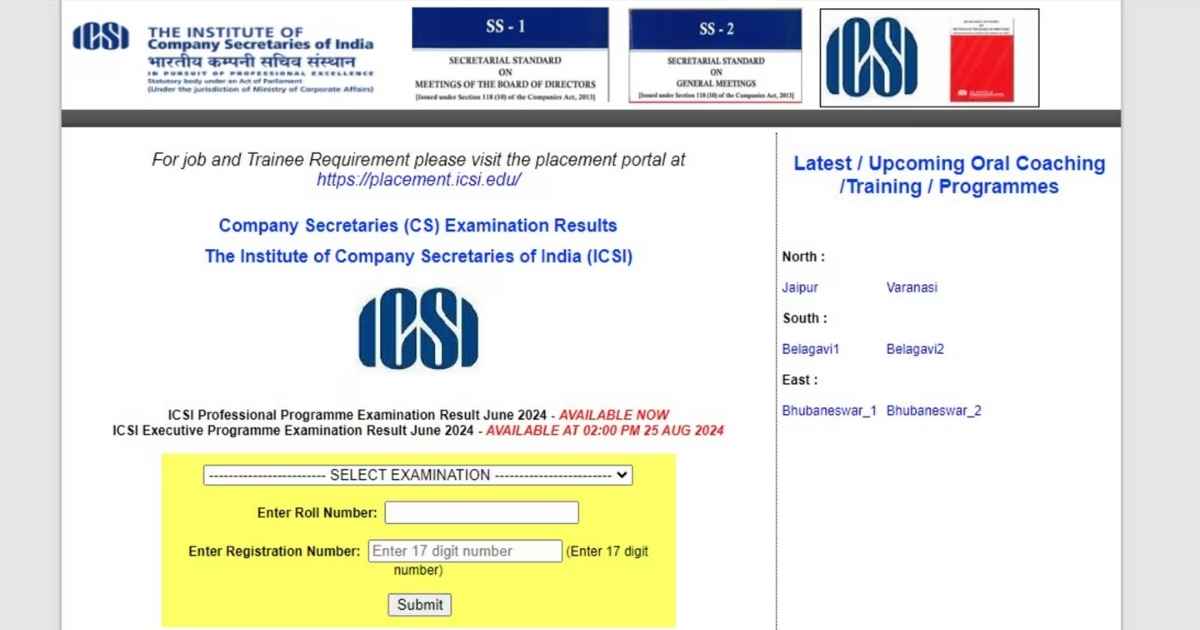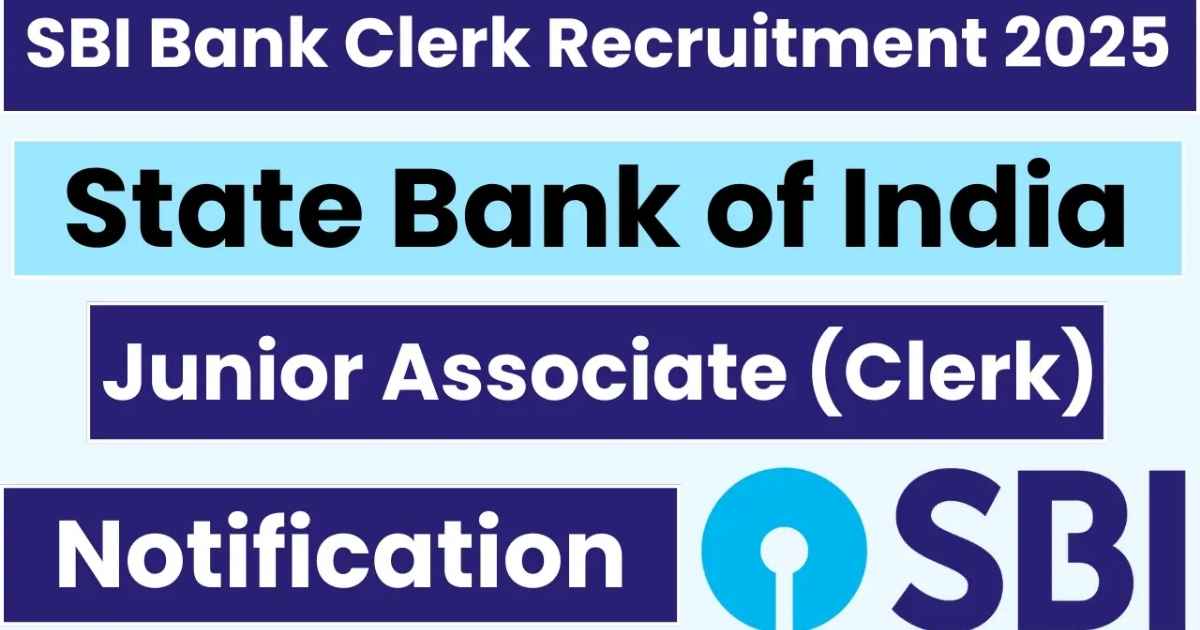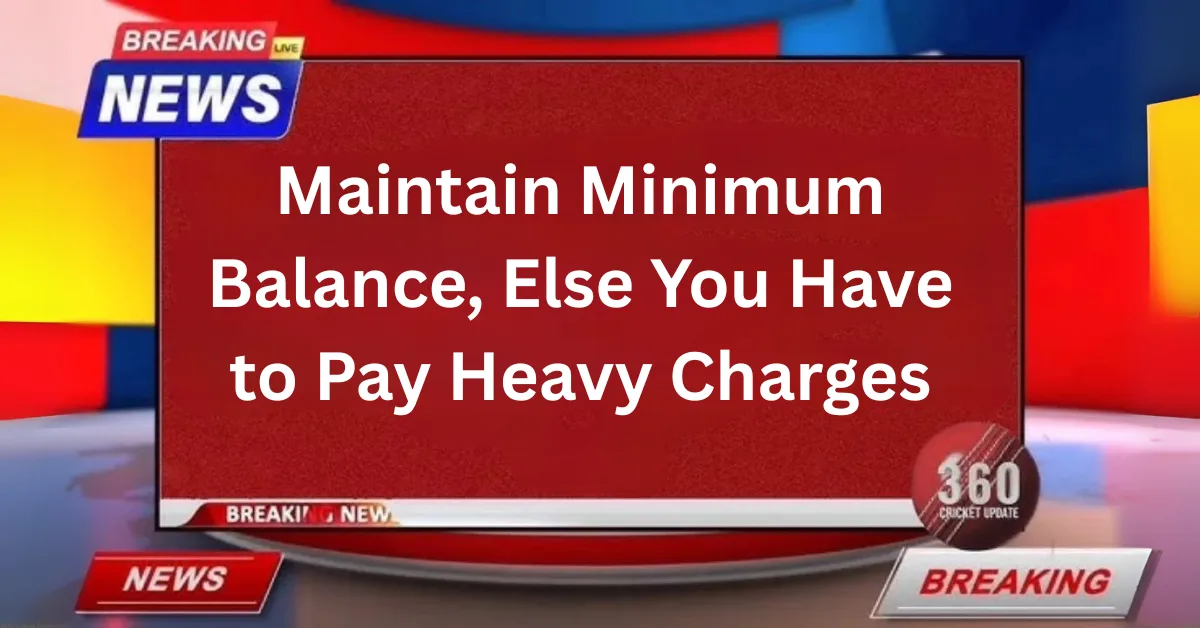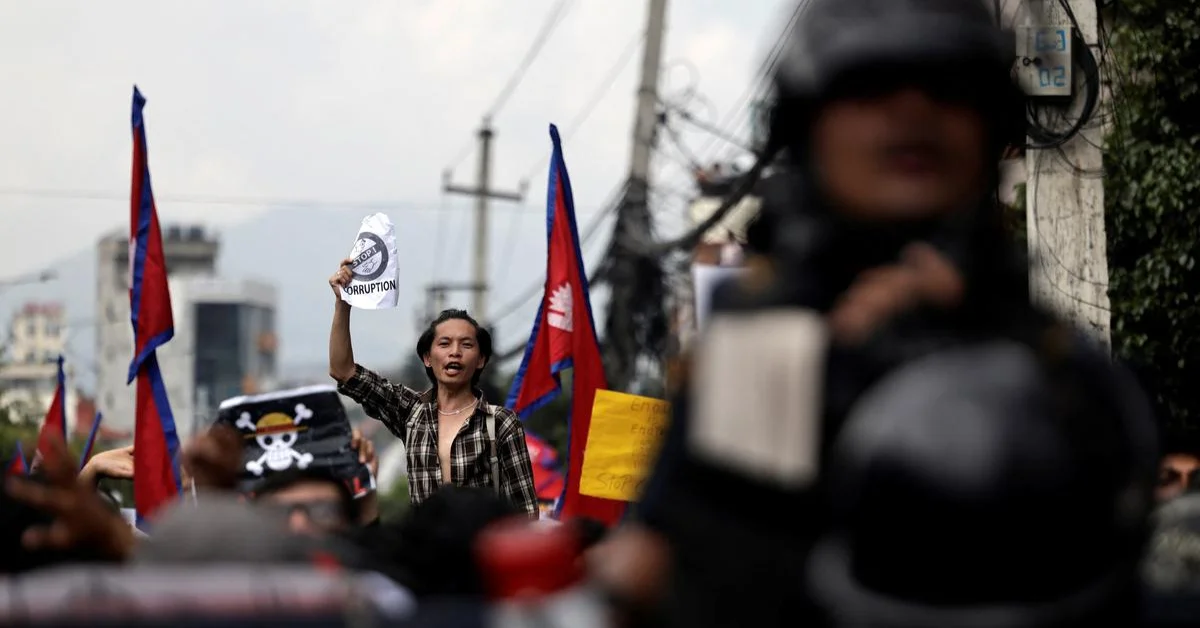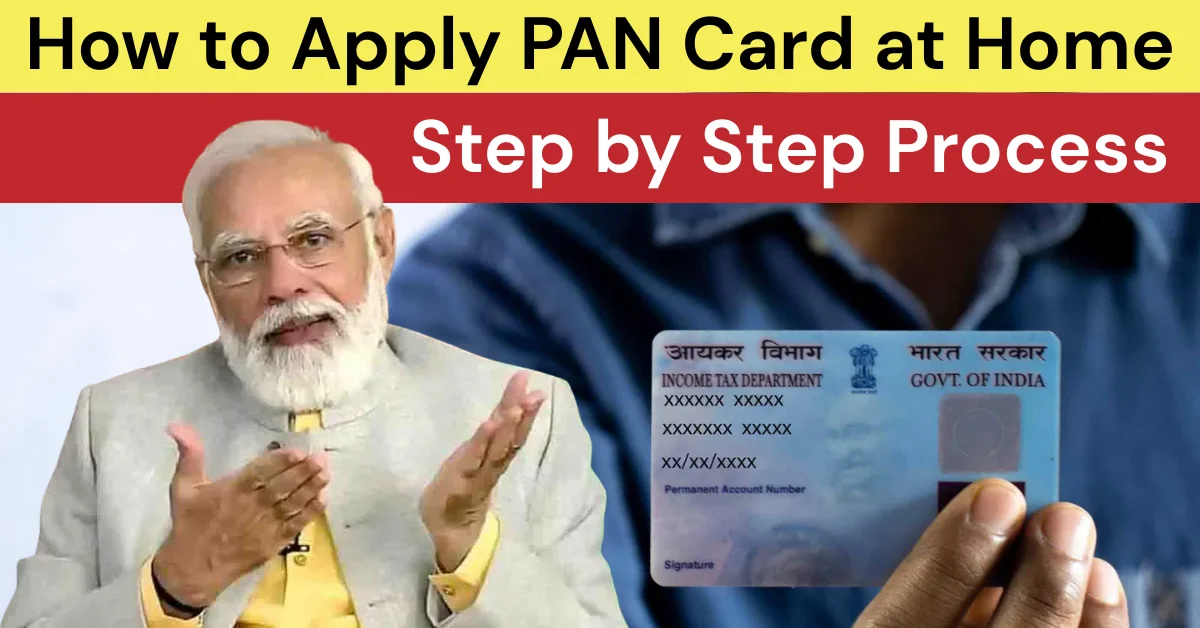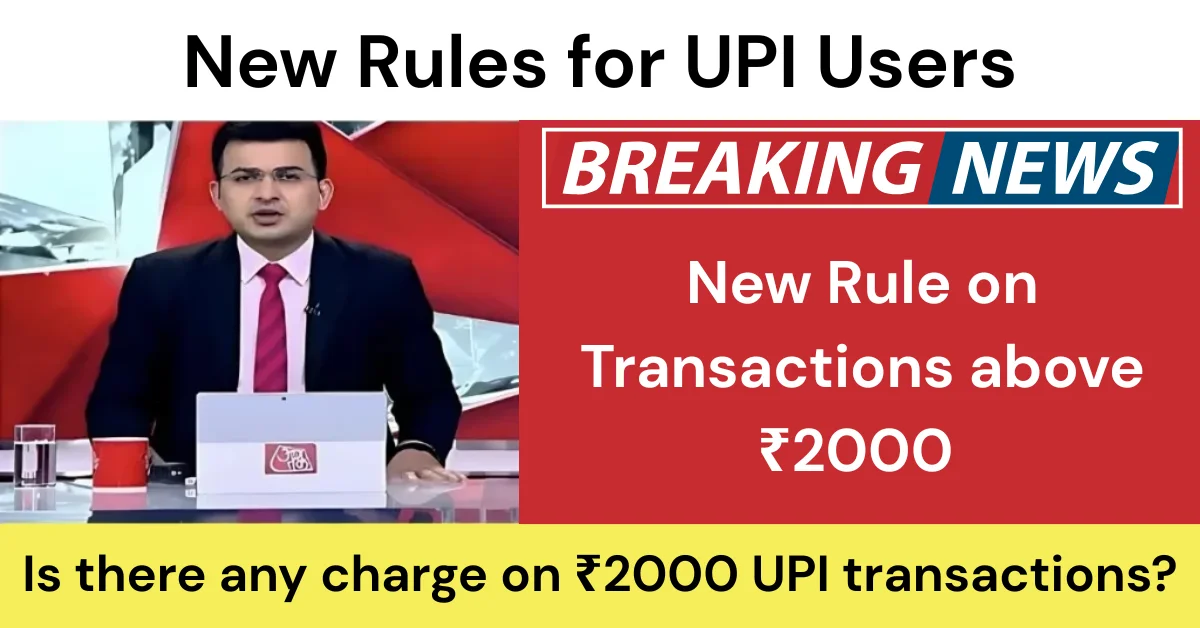A major legal blow struck President Donald Trump’s trade agenda this week as a federal appeals court ruled that most of his sweeping global tariffs are illegal. The decision, affecting India’s punishing 50% duties and similar levies worldwide, sets up a high-stakes Supreme Court battle that could reshape American trade policy.
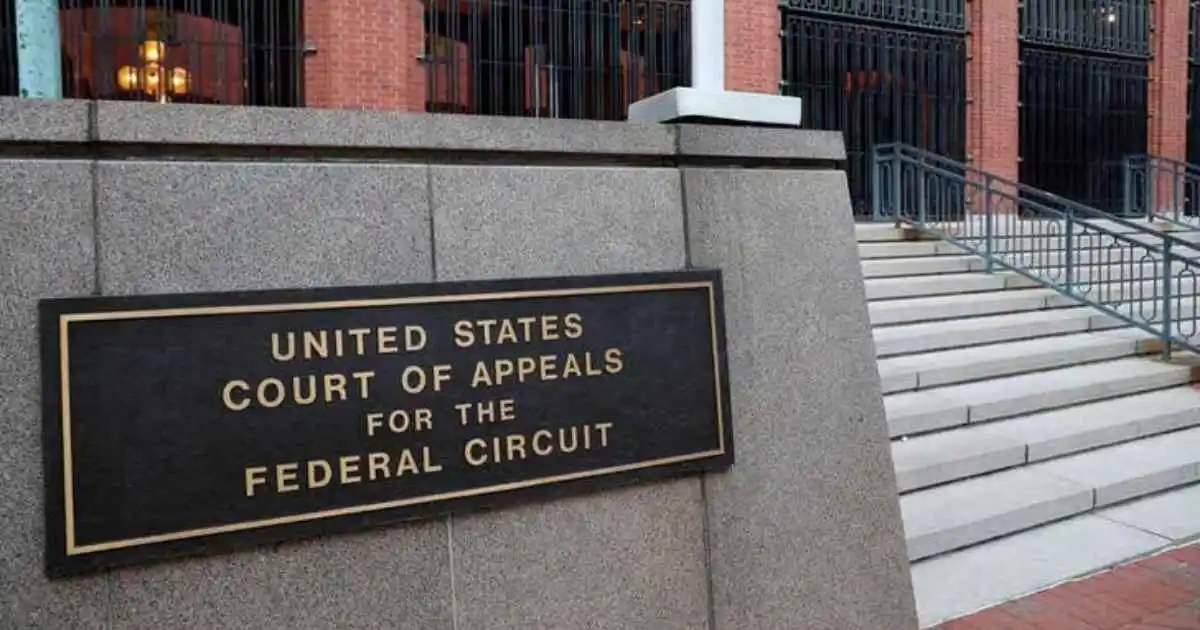
Table of Contents
Court Delivers Stunning Rebuke to Trump’s Emergency Powers
The US Court of Appeals for the Federal Circuit delivered a 7-4 ruling on Friday that Trump overstepped his presidential authority when imposing tariffs under the International Emergency Economic Powers Act (IEEPA). The court’s decision was clear and direct:
“The statute bestows significant authority on the President to undertake a number of actions in response to a declared national emergency, but none of these actions explicitly include the power to impose tariffs, duties, or the like, or the power to tax”
The ruling specifically targets Trump’s “reciprocal” tariffs imposed in April 2025, including the devastating 50% levy on Indian goods that took effect in August. However, the court allowed these tariffs to remain in place until October 14, giving the Trump administration time to appeal to the Supreme Court.
Read More: NEET PG Result 2025 Live Updates: Check Scores, Rank, Cut-Off & Next Steps
India Bears the Brunt of Trump’s Trade War
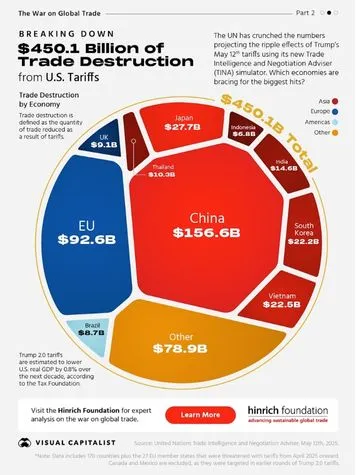
India finds itself among the hardest hit by Trump’s tariff policy, facing a crushing 50% duty on nearly two-thirds of its exports to America. The tariffs, which affect $48.2 billion worth of Indian exports, represent one of the highest rates imposed on any nation globally.
The double-whammy tariff structure includes:
- An initial 25% “reciprocal” tariff on all Indian goods
- An additional 25% penalty specifically targeting India’s purchase of Russian oil
Industries facing the biggest impact include:
- Textiles and apparel manufacturing
- Gems and jewelry exports
- Leather goods production
- Food and agricultural products
- Automotive components
Read More: GATE 2026 Registration Guide: Step-by-Step Tips to Secure Your Seat!
Why Trump Chose Emergency Powers Over Normal Trade Tools
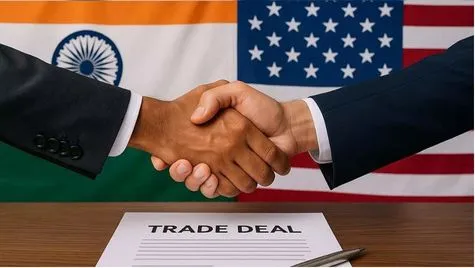
Handshake over a trade deal between India and the United States symbolizing bilateral economic cooperation
Trump’s decision to invoke IEEPA instead of traditional trade mechanisms wasn’t accidental. US Commerce Secretary Howard Lutnick explained the administration’s reasoning to courts, highlighting the limitations of conventional approaches[Original Article].
Under normal procedures:
- Section 232 investigations: Take up to 270 days for Commerce Department review, plus 90 additional days for presidential decision-making
- Section 301 processes: Require 12-month investigations before enforcement actions
- IEEPA emergency powers: Allow immediate presidential action without lengthy reviews[Original Article]
“Without this tool, the President’s ability to formulate foreign policy would be severely constrained, and national security would be at risk”
– Commerce Secretary Howard Lutnick
However, legal experts argue this was always a risky strategy. Professor Markus Wagner noted that IEEPA was “never the right vehicle” and that Trump’s lawyers likely knew the approach would eventually be found unlawful[Original Article].
Read More: ISRO Internship 2025: How to Apply, Dates & Tips for a Winning Application
Economic Shockwaves Hit Both Nations
The tariff dispute threatens to derail decades of growing economic partnership between the world’s largest and fifth-largest economies. Jefferies strategist Chris Wood warns that India faces a direct economic hit of $55-60 billion from the tariffs.
Impact on Indian Economy:
- Potential job losses in labor-intensive export sectors
- Disruption to manufacturing hubs across the country
- Threat to foreign investment in India’s stock market
- Challenges to “Make in India” initiatives
Consequences for US Businesses:
- Higher costs for American importers and consumers
- Disrupted plans to shift manufacturing from China to India
- Reduced competitiveness of US companies relying on Indian components
- Potential decline in Indian student enrollment at US universities
Read More: Unlock Your PFRDA Assistant Manager Admit Card Instantly – Download Now!
Trump Fights Back Against “Partisan” Court
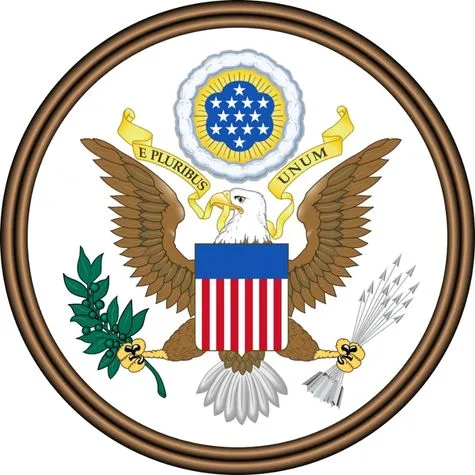
Trump responded furiously to the court ruling through his Truth Social platform, calling the decision a “total disaster for the Country” and attacking the judges as “Highly Partisan”.
His full statement declared:
“ALL TARIFFS ARE STILL IN EFFECT! If these Tariffs ever went away, it would be a total disaster for the Country. It would make us financially weak, and we have to be strong”
The president promised to fight the ruling all the way to the Supreme Court, expressing confidence that the nation’s highest court would overturn the appeals court decision.
Read More: NCVT ITI Results 2025: Quick & Easy Steps to Check Your Scores Online
Legal Battle Heads to Supreme Court
The case now moves toward what could become one of the most significant trade law battles in decades. The dispute centers on a fundamental constitutional question: Does Congress hold exclusive power to impose taxes and tariffs, or can presidents claim such authority during declared emergencies?
The Court’s Constitutional Reasoning:
- Tariff powers traditionally belong to Congress under the Constitution
- Emergency powers don’t automatically include taxation authority
- IEEPA lacks explicit language authorizing tariffs or duties
- The “major questions doctrine” requires clear congressional approval for actions of vast economic significance
What Happens Next?
With tariffs remaining in effect until mid-October, both governments face critical decisions. The Trump administration must decide whether to appeal to the Supreme Court, while India continues implementing defensive measures to protect its economy.
Timeline of Key Events:
- August 27, 2025: Trump’s 50% tariffs on India take effect
- August 29, 2025: Federal Appeals Court rules tariffs illegal
- October 14, 2025: Current stay on court ruling expires
- Beyond October: Potential Supreme Court battle begins
Potential Outcomes:
- Supreme Court upholds the appeals court, forcing tariff removal
- High court reverses decision, validating Trump’s emergency powers
- Compromise solution emerges through bilateral negotiations
- Congressional action clarifies presidential tariff authorities
The resolution of this legal battle will determine not just the fate of Trump’s India tariffs, but the broader scope of presidential power in international trade policy for years to come.
Read More: Varun Dhawan’s Best Rom-Coms Before Sunny Sanskari Ki Tulsi Kumari
Mini FAQ
Q: Are Trump’s tariffs still in effect after the court ruling?
A: Yes, all tariffs remain in place until October 14, 2025, while Trump appeals to the Supreme Court.
Q: Which tariffs were ruled illegal?
A: The court specifically targeted “reciprocal” tariffs from April 2025 and additional duties on China, Mexico, and Canada. Steel and aluminum tariffs under different laws weren’t affected.
Q: How much will India’s economy lose from these tariffs?
A: Experts estimate India faces a $55-60 billion economic impact, affecting 48.2 billion worth of exports to the US.
Q: What is IEEPA and why did Trump use it?
A: The International Emergency Economic Powers Act allows presidents to regulate economic transactions during national emergencies. Trump used it to bypass lengthy traditional trade procedures[Original Article].
Q: Will the Supreme Court hear this case?
A: While not guaranteed, the high stakes and constitutional questions involved make Supreme Court review highly likely.
